CHINASE | ENGLISH
bottom
NEWS
Long March 5 Succeeds in launching “Tianwen-1” Mars Probe
Long March 5 was launched at Wenchang Space Launch Center in China on July 23, 2020, and succeeded in sending “Tianwen-1” Mars Probe to the preset orbit, achieving a huge success
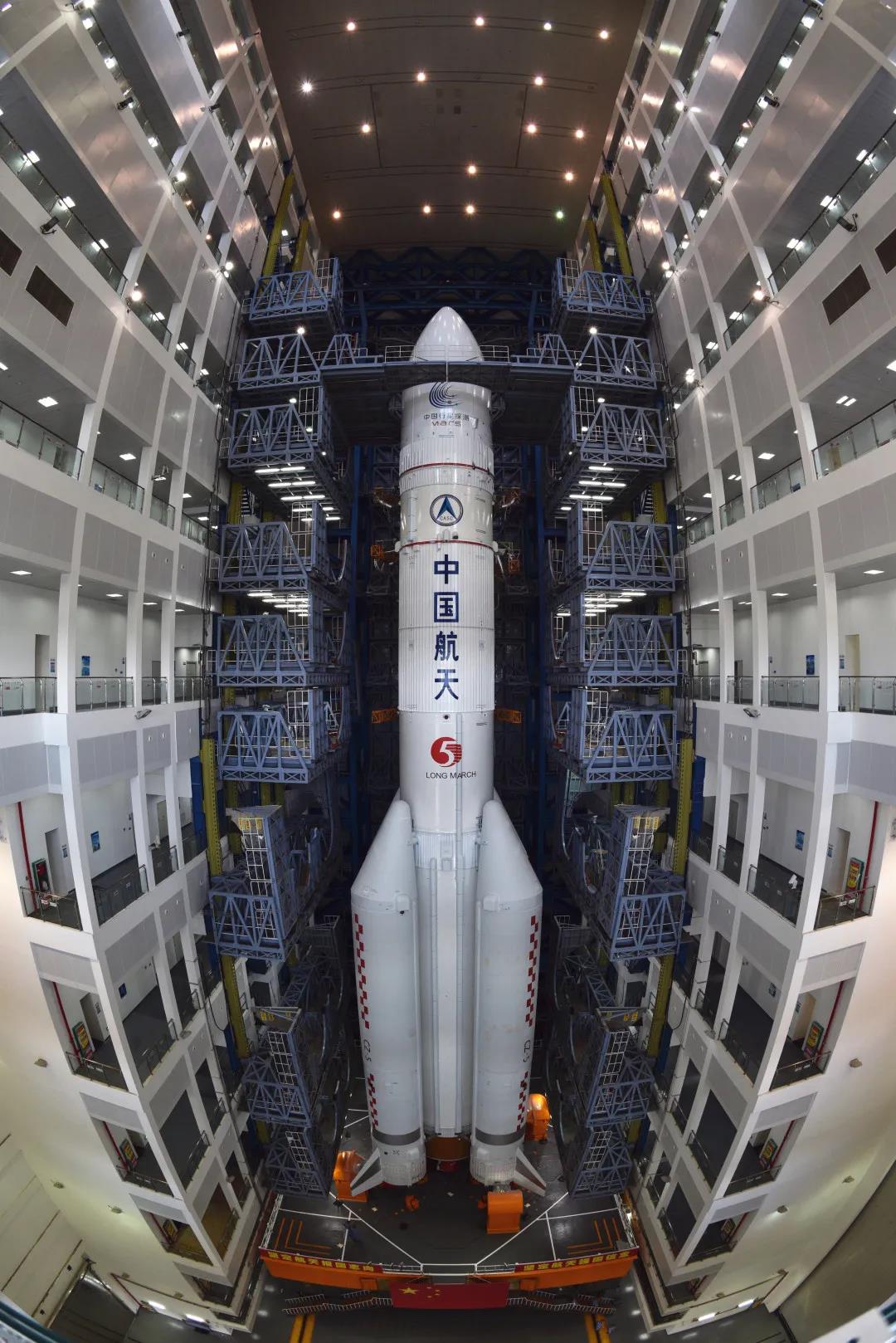
This is the first applied launch of Long March 5 Series Launch Vehicle, and also the first Earth-Mars transfer orbit launching mission undertaken by carrier rockets in China.
Developed by China Aerospace Science and Technology Corporation, the Long March 5 Launch Vehicle is 5m in core stage diameter, and bundled with four 3.35m boosters, and the takeoff thrust can reach to over 1,000 tons. Besides, it also has 25 tons near-Earth orbit, and 14 tons geosynchronous transfer orbit carrying capacities, shouldering the launching mission of heavy loads and deep-space exploration loads, including our Mars Exploration Project, Phase III Moon Exploration Project and Manned Space Station Project.
Long March 5 is China’s first strap-on rocket supported by boosters. The four boosters are developed byShanghai Academy of Spaceflight Technology, and are so far the largest low-temperature liquid boosters in China. They can provide over 90% takeoff trust for the entire rocket, and is the main power source for Long March 5 Launch Vehicle to take off.In addition, Shanghai Academy of Spaceflight Technology also take charge of developing external sensor and safety system and core stage supporting battery, etc.
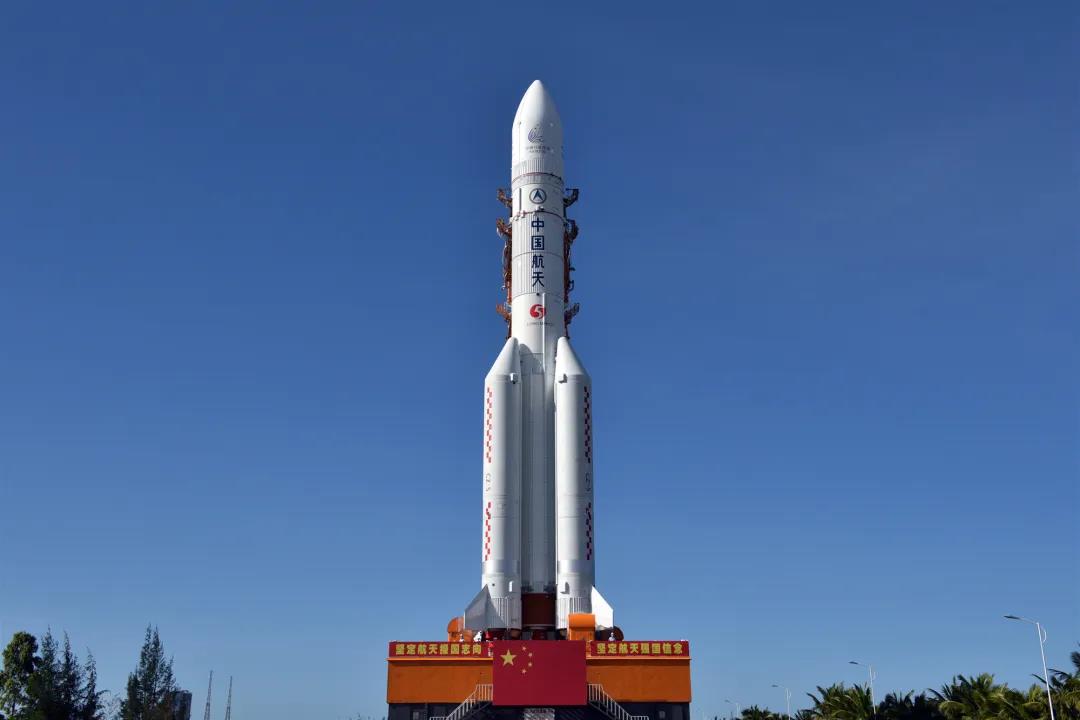
“Tianwen-1” Mars Probe includes the orbiter and rover
The development is mainly conducted by China Academy of Space Technology, and the Mars orbiter is mainly developed by Shanghai Academy of Spaceflight Technology
This is China’s first Mars detection mission, and is expected to realize Mars orbiting, landing and roving, and acquire scientific data from Mars exploration in a single launching mission, to take the first step towards planet exploration.
The Mars orbiter isdesigned with 3-year service life in “externally six-sided column+ center-loaded cone” structure. It can meet the equipment layout demand for5 flying phases and 11 flying modes, and has overcome key technical difficulties in Mars braking capture, long-term self-management, etc. Furthermore, it will also realize ultra-long-distance measurement, control and communication between Earth and Mars, realize theglobal and comprehensive Mars exploration based on the orbiter, and completehigh-precision and high-resolution specific investigations about key regions on the surface of Mars.
The Mars orbiter is equipped with three functions, including spacecraft, communicator and prober, and also involves five key steps, i.e., Earth-Mars transfer, Mars capture, de-orbit landing, relay communication, and scientific exploration, withlong flying time, severe environment, high control requirements, and complicated spatial maneuvers. In about 7-month journey, the orbiter will firstly serve as a spacecraft, to send the rover to the Mars landing orbit, and then serve as the communicator, as the rover is released, to set up relay communication link between the lander and the Earth. After communication is completed, the orbiter will serve as the scientific prober, to carry out remote-sensing exploration on Mars.

This is the 4th launch of Long March 5 Launch Vehicle, and also the 340th launch of Long March Series Launch Vehicle.


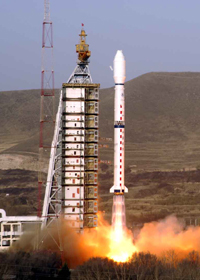
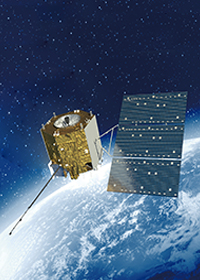

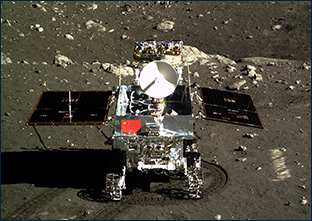
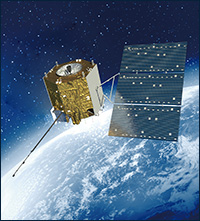

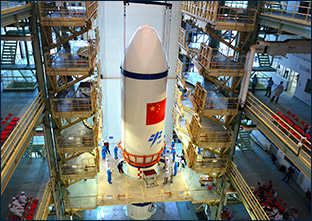



 DOWNLOAD
DOWNLOAD E-MAIL
E-MAIL